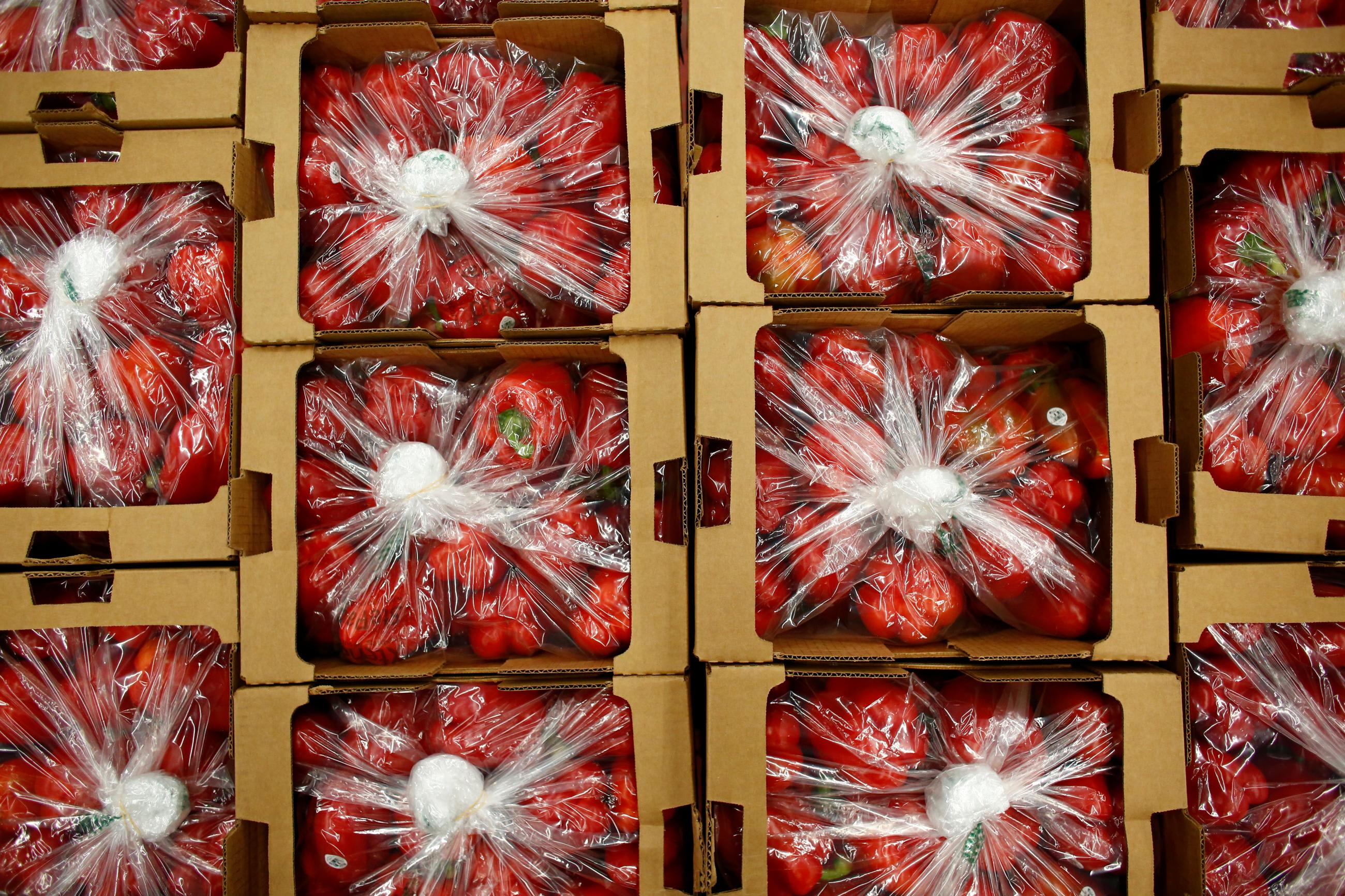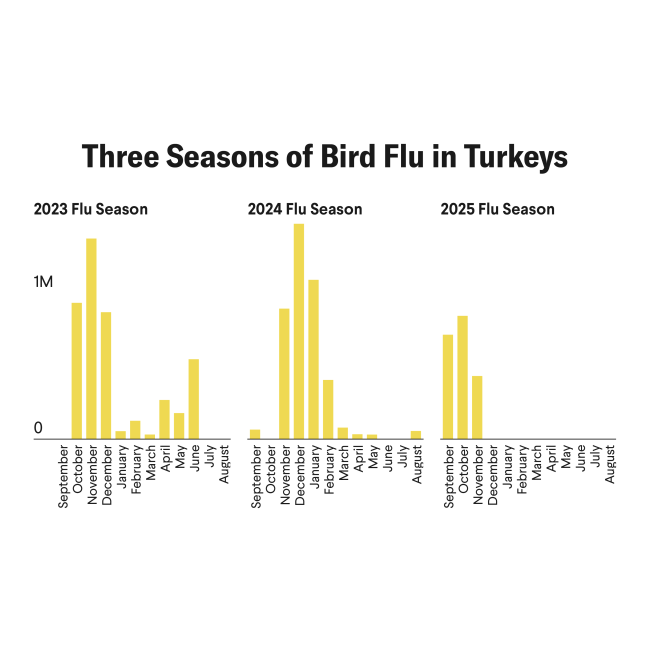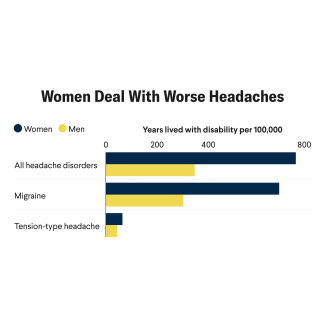Journalist Michael Pollan famously wrote that all diet advice can be summarized in three simple sentences: "Eat food. Not too much. Mostly plants." Yet, since the 1970s, attempts to curb diet-related diseases have focused on a shifting array of culprits: saturated fats, trans fats, refined carbs, added sugar, sodium, and so on. Despite massive resources devoted to research on the role of nutrients in our metabolism, and the adoption of some effective diet-related policies, we are still far from fixing the problem: the World Health Organization (WHO) estimates that unhealthy diets are responsible for eight million deaths a year.
What if, by focusing on individual nutrients, we have failed to see the elephant in the room? What if the problem isn't what we eat, but how it is made? A growing number of researchers believe the danger of modern diets lies in the prevalence of industrially made edible products, also known as ultra-processed foods.
Nutrients Versus Processing
The concept of ultra-processed foods was developed in 2010 by a Brazilian team of researchers headed by Professor Carlos Monteiro. The team developed a classification system, which they named NOVA, that categorizes food products according to how they were processed and how much they were. The system highlights a distinction between food products that have undergone some minimal processing and are part of traditional diets (such as butter, bread, and cheese) and modern, ready-to-eat, ultra-processed foods.
What if the problem isn't what we eat, but how it is made?
Under the NOVA system, ultra-processed foods are formally defined as "formulations of ingredients, mostly of exclusive industrial use, that result from a series of industrial processes." More practically, they can be identified by the long list of ingredients, including substances or additives not commonly seen in domestic kitchens, such as xanthan gum, soy lecithin, or glycerol — what some observers have rightly described as not "real food." They are a modern invention, engineered to be as cheap and as hyper-palatable as possible, and over the last seventy years have invaded our supermarkets and dining tables. Today, in countries such as the United Kingdom and the United States, they are the majority of what people eat.
It is important to underscore that ultra-processed foods are a much broader category than "junk food." Some ultra-processed foods are marketed as healthy and nutritious, including breakfast cereals, flavored yogurts, and snack bars. A product can be marketed as "low fat" or "no added sugar" and still be an ultra-processed food.
The concept of ultra-processed foods still divides the scientific community. A growing body of epidemiological evidence demonstrates that a diet rich in ultra-processed foods leads to overconsumption and worsen nutritional intake. The research documents associations with a broad range of adverse health effects including increased rates of type 2 diabetes, cardiovascular diseases, depression, cancer, but does not yet explain them. Some scientists still working to identify the underlying mechanisms hypothesize the risks may be due to the additives and alterations to the structure of the nutrients that are typical of ultra-processed foods.

Other scientists are skeptical, and believe that the association found between ultra-processed foods and health risks is simply the result of the excessive amounts of sugar, fat, and sodium they carry. Others point out that the category of ultra-processed foods is poorly defined and ambiguous. Researchers have developed other food processing classification systems as alternatives to NOVA but no consensus has been reached on which system is superior, and NOVA remains the most widely used.
Potential Challenges to Existing Regulations
As scientists debate the utility of NOVA and other food processing classification systems, the general public and policymakers are looking at ultra-processed foods with increasing interest. The national dietary guidelines of seven countries (Belgium, Brazil, Ecuador, Israel, Maldives, Peru, and Uruguay) explicitly mention ultra-processed foods. The nutrient profile model of the Pan-American Health Organization and Colombia's recent tax reform both refer to the category. A book devoted to the topic that was published in April 2023, Ultra-Processed People, was an instant bestseller, and newspapers including the Washington Post have covered the topic. Google Trends shows an uptick in interest in searches for the term between 2022 and 2023.
The growing awareness of ultra-processed foods poses a challenge to existing diet-related policies, which have virtually all been designed with regard to individual nutrients. For example, regulations recently enacted by Mexico require that packaged foods that contain sugar, saturated facts, or sodium in excess of a threshold are required to have a warning label. Other prominent examples are taxes on sugar-sweetened beverages, which are applied to food and beverages that contain free or added sugars in excess of a certain threshold.
The national dietary guidelines of Belgium, Brazil, Ecuador, Israel, Maldives, Peru, and Uruguay explicitly mention ultra-processed foods
The focus on individual nutrients is practical because it provides an objective and transparent criterion for applying diet-related policies, but it is also limited. It incentivizes the industry to reformulate its products so that they do not exceed the critical thresholds. Although this practice can bring some health benefits, it can also be problematic, given that it leads to an expanding use of additives or substitutions that do not really improve the nutrient intake. Regulators are never as fast as the industry in adapting their regulations to fit the reformulated products, which can give advocates the sense they are playing a game of whack-a-mole.
Consider the common practice of replacing sugar with non-sugar sweeteners such as aspartame. A new WHO guideline discourages the use of non-sugar sweeteners, noting the lack of any evidence of their long-term benefits for weight loss and the risk of long-term adverse effects. Even before these guidelines were published, Mexican and Colombian regulations provided for the application of a warning label for food and beverages containing non-sugar sweeteners. Many other countries' comparable regulations do not, however, and would need to be amended to incorporate the new scientific advice. Although the evidence accumulates and regulators deliberate, foods with non-sugar sweeteners have been on the market for decades.
Refocusing diet-related policies to target consumption of ultra-processed foods could help avoid the problems created by reformulation and other types of regulatory loopholes. Making this shift, though, is easier said than done. The category of ultra-processed foods is still not defined with enough precision to be made into an administrative or legislative regulation. The current NOVA definition of ultra-processed foods—foods containing ingredients "of mostly exclusive industrial use"—is simply not sufficiently precise.
The category of ultra-processed foods is still not defined with enough precision to be made into an administrative or legislative regulation
Even among experts in nutrition agreement is scant on whether a food product should be classified as processed or ultra-processed, according to a recent survey. Even if experts could agree on a precise definition, reopening debates on nutrition policies could give opponents an opportunity to weaken existing regulations.
The strongest feature of the discussion around ultra-processed foods is that it sheds light on the food engineering practices of the industry. This is consistent with global efforts to underscore the many ways the private sector influences public health—a framing that has sometimes been dubbed "commercial determinants of health." The category of ultra-processed foods undeniably holds significant promise for shaping policy discourse and educating the public, but it remains to be seen whether it will emerge as the dominant regulatory tool for global diet-related policies.

ACKNOWLEDGEMENTS: The author would like to thank Isabel Barbosa and Valentina Castagnari for insightful discussions on this topic. The opinions expressed in this piece are not necessarily those of the other members of the the O'Neill Institute.












